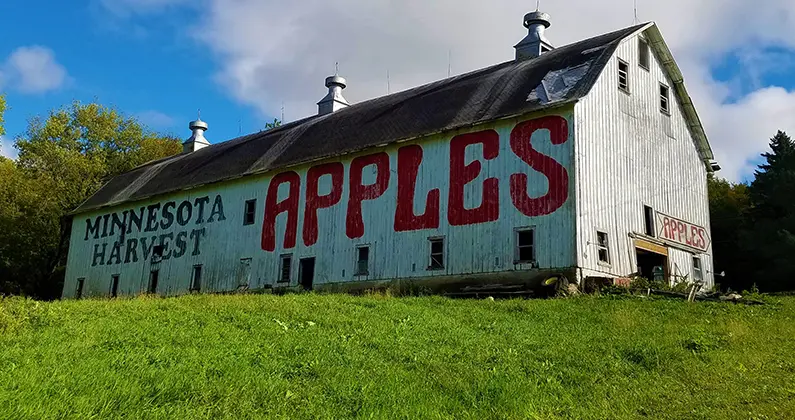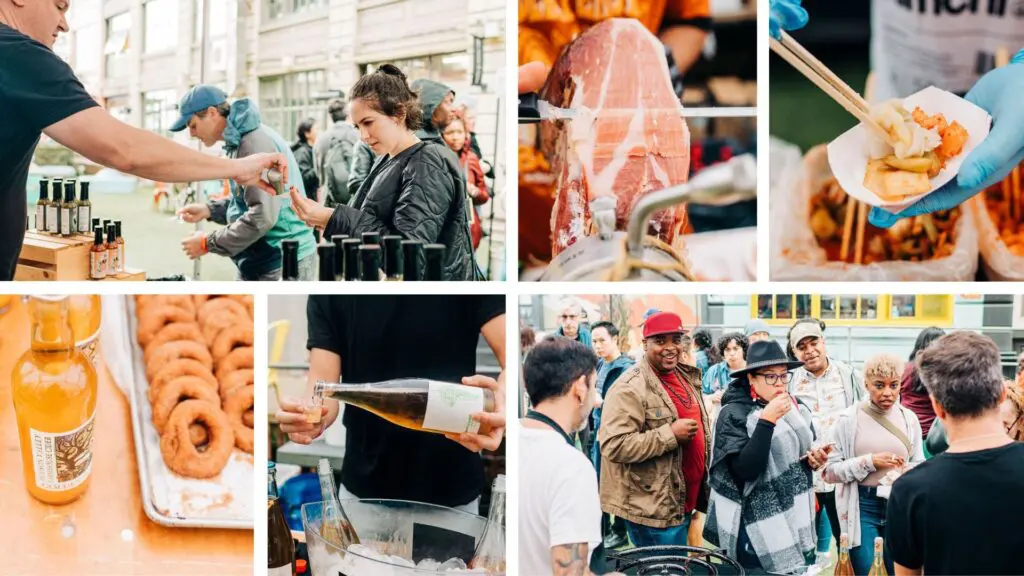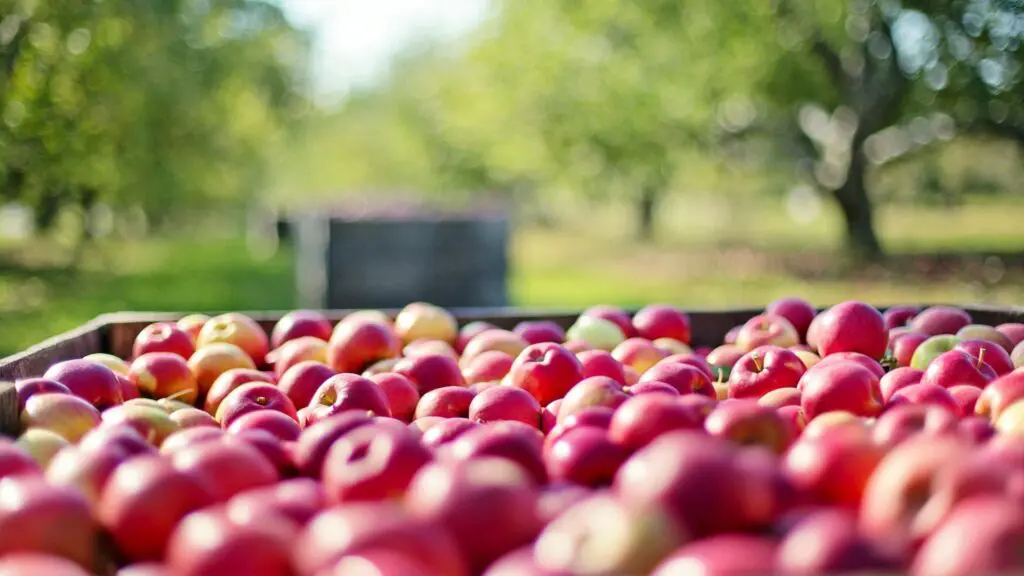While Minnesota may not rank in the nation’s top apple-producing states, it has played a vital role in the industry. The beloved Honeycrisp apple was developed by the University of Minnesota’s renowned apple breeding program. More recently, the state’s appetite for apple innovation has turned to cider, with a burgeoning scene relying on Minnesota-grown apples.
There are now 17 cidermakers in the state, compared to a cider industry that was virtually nonexistent only 10 years ago. “In Minnesota, we have a blank slate — there’s no history of cidermaking,” says Peter Gillitzer, co-owner and cidermaker of Saint Joseph’s Milk & Honey Ciders. This allows Minnesota’s producers to decide for themselves where to look for inspiration. Milk & Honey’s approach is to start with Minnesota apples, such as the Chestnut Crab, and then borrow what works: heirloom varieties grown in Michigan like Northern Spy and Winesap, and cider-specific apples sourced from New Hampshire, Washington and Oregon.
Nate Watters, co-owner of Keepsake Cidery in Dundas, is likewise committed to developing unique, local ciders. “We’re pushing for a distinct Minnesota flavor,” he explains. “You don’t go to Napa Valley to taste French wine.” Minnesota-grown apples are at the forefront of Keepsake’s ciders, with 90 percent of the apples sourced from Minnesota; the remainder coming from an Iowa orchard just across the border. Watters notes that although not specifically developed for cidermaking, some University of Minnesota apples do make excellent ciders, thanks to good sugar and acid content.
Wyndfall Cyder, an orchard-based “tree-to-bottle” cidery in Jordan, relies exclusively on its own apples and strives to keep the process as natural as possible. “This forces us to be creative with what we have,” says Rob Fisk, founder and cidermaker. “We rely on yeast to introduce flavors.” For example, Wyndfall’s Homesteader hopped cider uses yeast to create a citrus flavor.
In Minneapolis, Urban Forage Winery & Cider House creates cider from fruit foraged from local backyards and orchards. “My cider is a true scrumpy,” says co-owner Jeff Zeitler, referring to the rustic English-style ciders made from unselected apples. In addition to apples, Urban Forage’s ciders incorporate foraged cherries, pears and spent gin botanicals.
A TASTE OF THE NORTH STAR STATE
Milk & Honey Ciders Alchemy | A single-variety ice cider made from University of Minnesota-developed Chestnut Crab apples, Alchemy is aged in bourbon barrels. The cider’s sweetness is balanced nicely by its acidity and higher alcohol content.
Keepsake Cidery Wild | Relying on the cidery’s wild yeast to spontaneously ferment, this is a refreshing dry cider with notes of sour tropical fruit and a hint of woodiness. The apples used vary year-to-year; the 2017 harvest included over 20 heirloom and University of Minnesota-developed varieties.
Wyndfall Cyder Driftless Dry | This unfiltered, unpasteurized farmhouse-style cider has an earthy flavor that ends with a tropical fruit note. Made with a blend of apples grown on-site, including the University of Minnesota-developed Keepsake, Haralson and Honeycrisp.
Urban Forage Winery & Cider House Gin Botanical | Flavored with spent botanicals from a nearby distillery, this dry cider has gin’s distinctive notes of juniper berries, black pepper, coriander and lavender. The combination of botanicals and cider creates an unexpected flavor reminiscent of a gin and tonic.
This article originally ran in the print Vol. 11 of Cidercraft magazine. For the full story and more like it, click here.










 Looking for the perfect w
Looking for the perfect w
 BREAKING NEWS
BREAKING NEWS 








